This article was co-authored by Jonathan Frank, MD. Dr. Jonathan Frank is an Orthopedic Surgeon based in Beverly Hills, California, specializing in sports medicine and joint preservation. Dr. Frank's practice focuses on minimally invasive, arthroscopic surgery of the knee, shoulder, hip, and elbow. Dr. Frank holds an MD from the University of California, Los Angeles School of Medicine. He completed an orthopedic residency at Rush University Medical Center in Chicago and a fellowship in Orthopedic Sports Medicine and Hip Preservation at the Steadman Clinic in Vail, Colorado. He is a staff team physician for the US Ski and Snowboard Team. Dr. Frank is currently a scientific reviewer for top peer-reviewed scientific journals, and his research has been presented at regional, national, and international orthopedic conferences, winning several awards including the prestigious Mark Coventry and William A Grana awards.
There are 11 references cited in this article, which can be found at the bottom of the page.
This article has been viewed 32,918 times.
A variety of serious conditions and injuries can cause your bones to ache. If you are suffering from bone pain, you will want to see a doctor right away to determine the cause. If the cause of your bone pain is not too serious, then you will be able to use some home treatments to ease your pain. However, it is important to follow your doctor's treatment instructions as well.
Steps
Determining the Cause of Your Aching Bones
-
1See a doctor to determine the cause of your pain. Aching bones can be more than just an annoyance. Pain in your bones can be a sign of a serious underlying condition, so talk to your doctor right away if you are having bone pain. Potential causes of aching bones include:
- Paget’s Disease of the Bone
- Solid Tissue Cancer
- Sickle Cell Disease
- Multiple Myeloma
- Osteomalacia (softening of the bones, often caused by a vitamin D deficiency during a time of bone growth)
- Other cancers such as breast or prostate cancer. Bone pain from cancer may start with a dull or deep ache that may come and go at first, but gradually becomes persistent.[1]
- Leukemia[2]
- Fractures (including hairline fractures)
- Overuse or overexertion
- Arthritis
- Obesity
- Osteoporosis (bone pain is not common with this condition, but it is possible)
-
2Talk to your doctor about your symptoms. Your doctor can provide a more specific diagnosis and treatment plan if you let him or her know about the symptoms you have been experiencing. Before your appointment, make note of things like:[3]
- Where exactly is the pain?
- What brought it on?
- How long has the pain been present?
- Do any motions aggravate it?
- Does anything help it feel better?
- What have you tried to treat it so far?
Advertisement -
3Have your doctor run certain tests. Some examinations and tests can help determine what is causing your aching bones, and how to treat them. These tests may include:[4]
- Blood draws (such as for a CBC, or “Complete Blood Count”)
- X-rays of your bone(s)
- A CT or MRI scan
- Assessment of your hormone levels
- Urine studies
- Dexa scan
- Calcium, phosphorus, and vitamin D levels
Taking Medications and Supplements
-
1Take anti-inflammatory medications.[5] A variety of anti-inflammatory medications, including common non-steroidal anti-inflammatory drugs (NSAIDs) are very effective at controlling pain caused by aching bones. Your doctor can suggest one or more for you to take. Many over-the-counter options are available, but always use them as directed by the label or your doctor. Common anti-inflammatory medications include:
- Acetaminophen
- Naproxen
- Ibuprofen
- Aspirin
-
2Get plenty of vitamin D. It is critical to get an adequate intake of vitamin D so that your body can build and maintain strong, healthy bones. You can ensure you are getting enough vitamin D in a number of ways.
- The amount of vitamin D a person needs varies by age, but ranges from 400-800 International Units (IU) per day.[6] Those with osteoporosis or women past menopause will need 800 international units of vitamin D daily
- Vitamin D supplements are available at pharmacies, supermarkets, health stores, and many other locations.[7]
- You can also eat foods high in vitamin D, including: oily fish (salmon, mackerel, sardines), egg yolks, fortified cereals and breads, and many milks and yogurts.
- Getting adequate exposure to sunlight is important, because your body needs it to help process vitamin D. However, overexposure may be harmful, so talk to your doctor about how much sunlight exposure you should have.
-
3Get plenty of calcium. The mineral calcium is essential to form and maintain strong bones (as well as for brain and muscle health). If you have aching bones, the pain may be linked to a calcium deficiency. In any case, you should ensure that you are getting an adequate amount of calcium in your diet.
- The amount of calcium a person needs per day varies widely by age.[8] For example, infants need between 200-260 mg, children 700-1000 mg, and teenagers 1300 mg. Many adults need around 1000 mg a day; however, women over 50 need 1200 mg a day. Postmenopausal women and those with osteoporosis need to take 1200 mg of calcium every day divided in two or three doses.
- Calcium supplements are available at pharmacies, supermarkets, health stores, and many other locations.
- You can also eat foods high in calcium, including: dairy products (milk, yogurt, cheese), kale, broccoli, fish with soft, edible bones (such as salmon and sardines), and certain fortified foods (including some grains, breads, cereals, pastas, juices, etc.).
-
4Take antibiotics.[9] In some cases, aching bones may be caused by an infection. In other cases, an infection may be linked to an underlying cause for which aching bones are also a symptom. If your doctor determines that your bone pain is related to an infection, he or she may prescribe antibiotics to combat it.
- Make sure to take the antibiotics exactly as prescribed by your doctor, and for as long as you are told to. You should continue to take the antibiotics as long as you are told to, even if the pain or other symptoms disappear. This helps to ensure that the infection is completely eradicated.
-
5Take hormone treatments.[10] Hormones are special molecules that help regulate organs and behavior. In some cases, aching bones can be caused by or linked to a deficiency of one or more hormones. Your doctor will run tests to see if this is the case for you. If it is, he or she may prescribe a treatment plan (often hormone injections) to make up for this deficiency, and ultimately ease your aches.
- Always carefully follow your doctor’s instructions regarding hormone treatments.
Using other Treatments to Manage Bone Pain
-
1Try heat or cold.[11] Applying heat or cold to your aching bones can be a simple and effective way to manage pain. Heat will increase blood flow to the sore area, soothing it as a result. Cold will provide relief by numbing the sore area, and reducing any swelling. You can choose whichever method feels best to you, or alternate between the two. You can apply heat or cold to the aching area using several methods.
- Apply a cold pack (available at pharmacies and many other stores) to the aching area. Make sure to put a towel over your skin to protect it, rather than just setting the cold pack directly on the site of pain.
- Apply a homemade ice pack (put some ice cubes in a sealed plastic bag) to the aching area. Make sure to put a towel over your skin to protect it, rather than just setting the ice pack directly on the site of pain.
- Wrap warm towels around the aching area.
- Put a sock filled with uncooked rice in the microwave for one minute to form a quick and easy heat pack. Make sure to put a towel over your skin to protect it, rather than just setting the rice heat pack directly on the site of pain.
- Take a warm bath or shower.
-
2Try physical therapy. In some cases, your aching bones may be caused by overuse, overexertion, or poor posture.[12] Physical therapy treatments may help ease your aches, and encourage you to move, sit, and stand properly. Talk to your doctor or physical therapist about developing a program to help you.
-
3Get a massage.[13] Massage therapy can provide overall pain and stress relief, and some research indicates that it can specifically help ease aching bones in some cases.[14] Ask your doctor or physical therapist to recommend a massage therapist; he or she may know one that specializes in easing bone aches.
-
4Try acupuncture.[15] Acupuncture (a treatment in which a patient’s skin is punctured by thin needles at precise points on the body) is thought to be an effective pain reliever in many cases. Its effectiveness for treating bone aches is unclear, although some research indicates it may help some causes, such as osteoarthritis.
-
5Consider herbal treatments.[16] A variety of herbal treatments are traditionally thought to ease pain and/or to have anti-inflammatory properties. The effectiveness of herbal treatments—generally, or to treat aching bones in particular—has not been well-studied in many cases. However, you may investigate one or more herbal treatments instead of or in addition to other methods to relief bone pain (look for them at supermarkets, pharmacies or herbal and health stores).
- White willow bark has effects that are similar to aspirin’s.
- Some research indicates that turmeric has an anti-inflammatory effect.
- Green tea has long been recognized as an antioxidant and now as an anti-inflammatory as well.
- Research indicates that a substance in chili peppers known as capsaicin has an anti-inflammatory effect.
- Always talk to your doctor about your plans to take any herbal supplement or treatment, since they can have side effects or interfere with other medications you are taking.
References
- ↑ http://www.nhs.uk/Conditions/Cancer-of-the-bone/Pages/Symptoms.aspx
- ↑ https://www.nlm.nih.gov/medlineplus/ency/article/003180.htm
- ↑ Jonathan Frank, MD. Sports Orthopedic Surgeon & Joint Preservation Specialist. Expert Interview. 1 October 2020.
- ↑ https://www.nlm.nih.gov/medlineplus/ency/article/003180.htm
- ↑ https://my.clevelandclinic.org/health/diseases/14526-musculoskeletal-pain/management-and-treatment
- ↑ https://ods.od.nih.gov/factsheets/VitaminD-Consumer/
- ↑ http://www.mayoclinic.org/diseases-conditions/osteomalacia/basics/treatment/con-20029393
- ↑ https://ods.od.nih.gov/factsheets/Calcium-Consumer/
- ↑ https://www.nlm.nih.gov/medlineplus/ency/article/003180.htm
- ↑ https://medlineplus.gov/ency/article/003180.htm
- ↑ https://www.hopkinsmedicine.org/health/treatment-tests-and-therapies/ice-packs-vs-warm-compresses-for-pain
- ↑ https://my.clevelandclinic.org/health/diseases/14526-musculoskeletal-pain/management-and-treatment
- ↑ https://my.clevelandclinic.org/health/diseases/14526-musculoskeletal-pain/management-and-treatment
- ↑ http://www.ncbi.nlm.nih.gov/pubmed/21802850
- ↑ https://my.clevelandclinic.org/health/diseases/14526-musculoskeletal-pain/management-and-treatment
- ↑ http://www.ncbi.nlm.nih.gov/pmc/articles/PMC3011108/
About This Article
Aching in your bones can be a sign of many serious conditions, so you should schedule an appointment with your doctor to find out the underlying cause. In the meantime, you can take over-the-counter anti-inflammatory medications, such as naproxen, ibuprofen, and aspirin, to get relief from any pain or discomfort. However, you should always make sure these don't interfere with any other medication you may be taking. You can also try applying a hot or cold compress, like an ice pack or hot water bottle, to your aching bones to numb the area and reduce swelling. Alternatively, you can get a gentle massage for pain and stress relief. For more tips from our Medical co-author, including how to adjust your diet to strengthen your bones, read on!
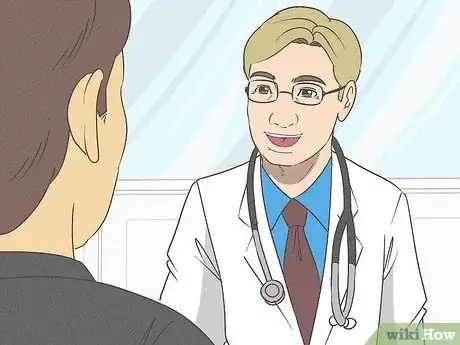
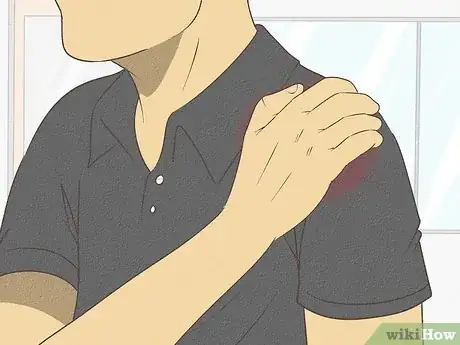

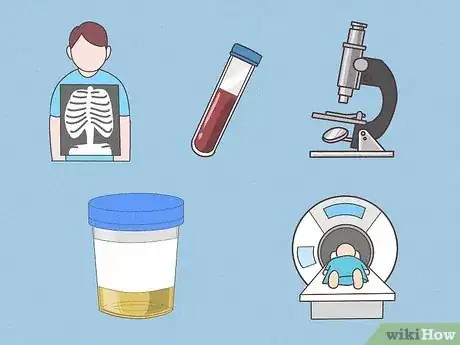
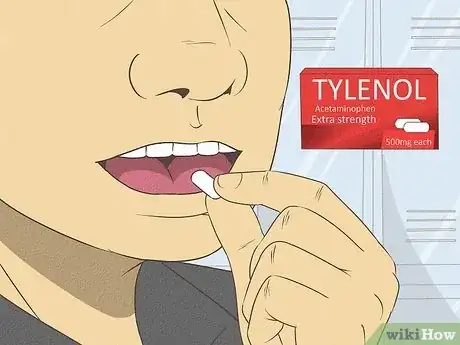
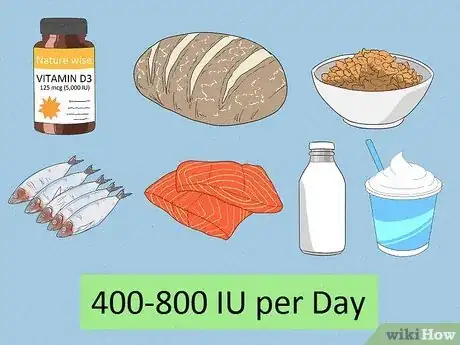
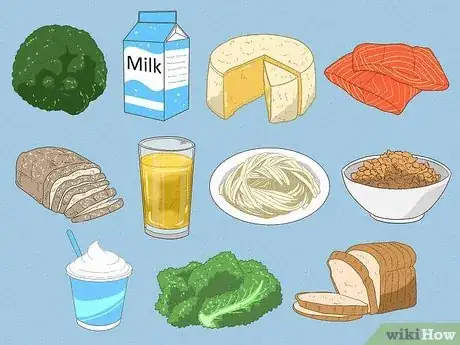
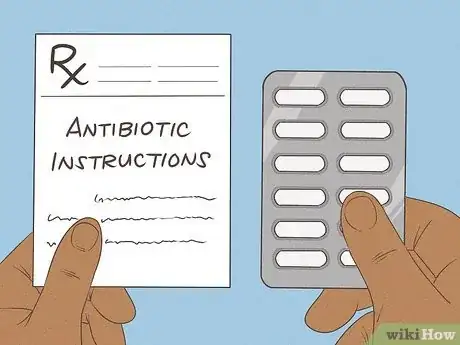

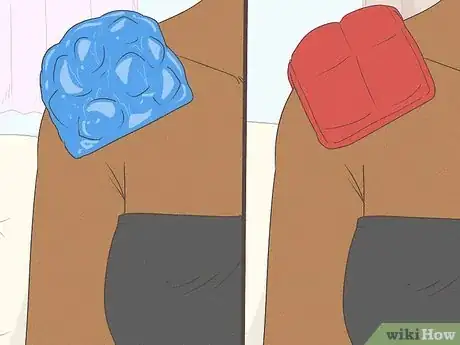
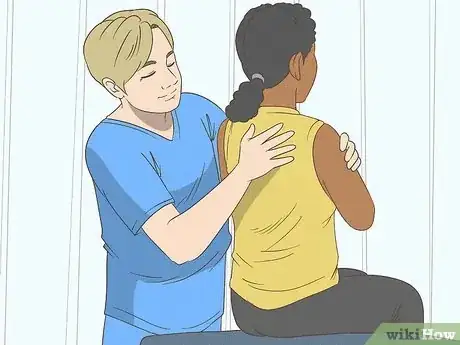
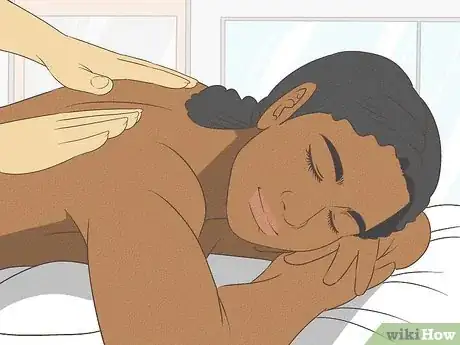
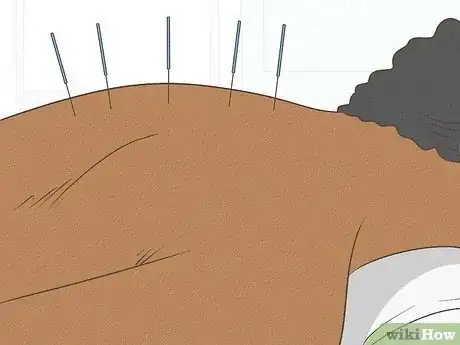
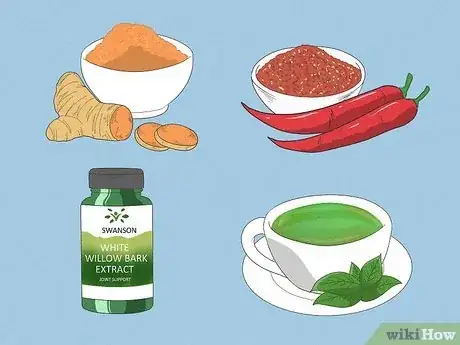
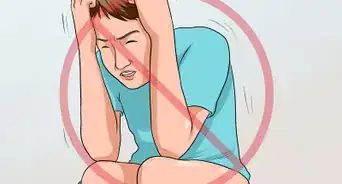
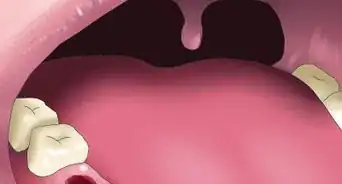
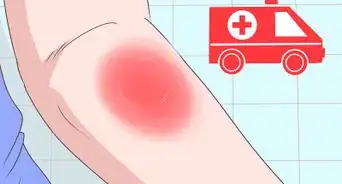
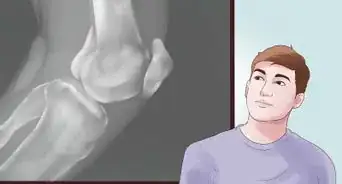


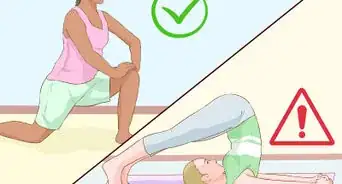
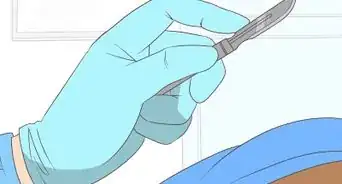
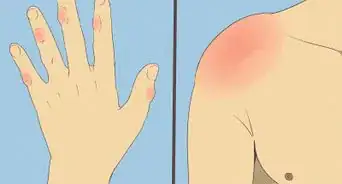

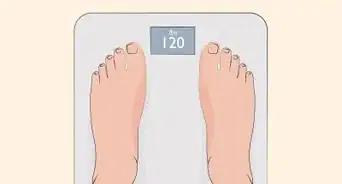








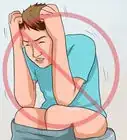
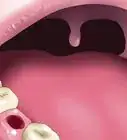
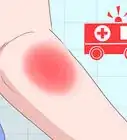
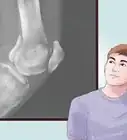



































Medical Disclaimer
The content of this article is not intended to be a substitute for professional medical advice, examination, diagnosis, or treatment. You should always contact your doctor or other qualified healthcare professional before starting, changing, or stopping any kind of health treatment.
Read More...